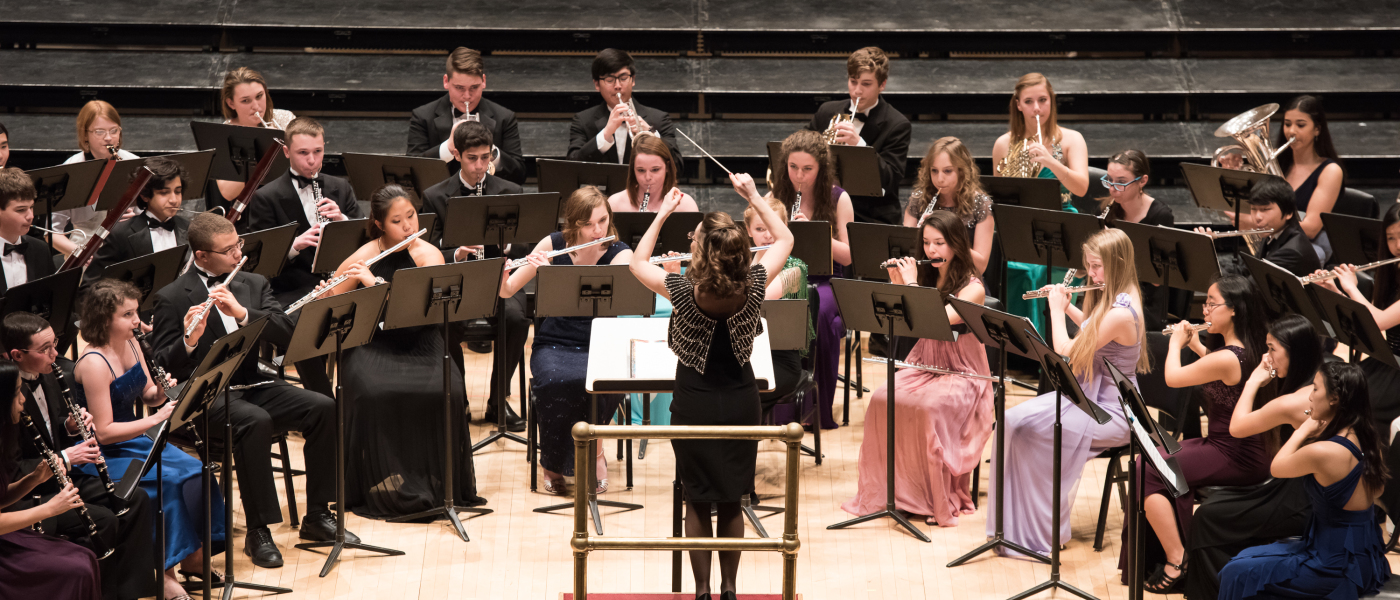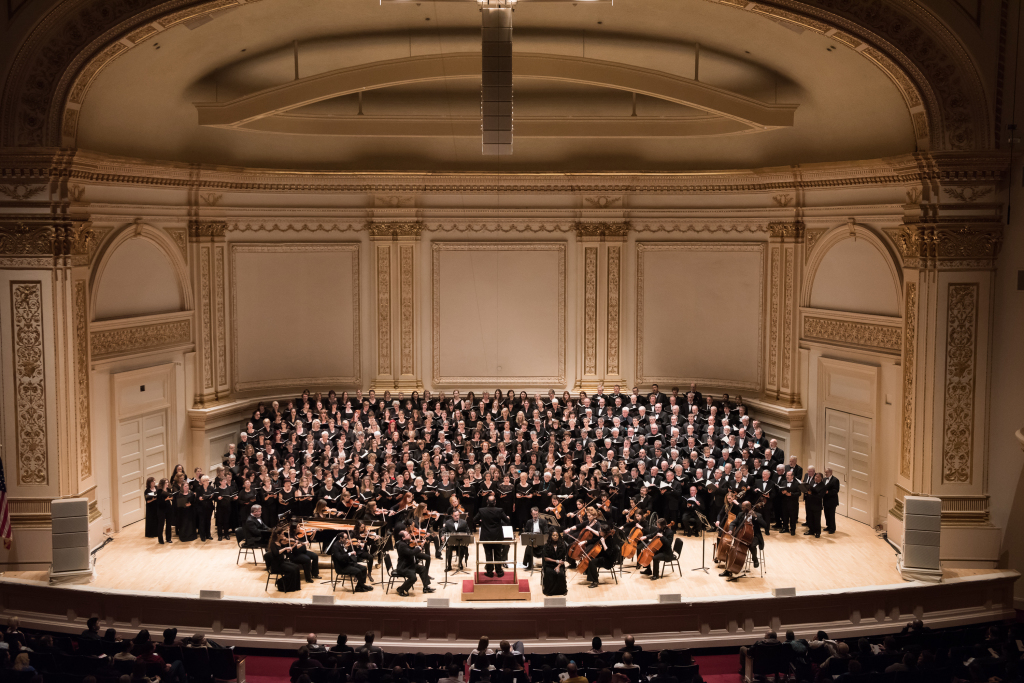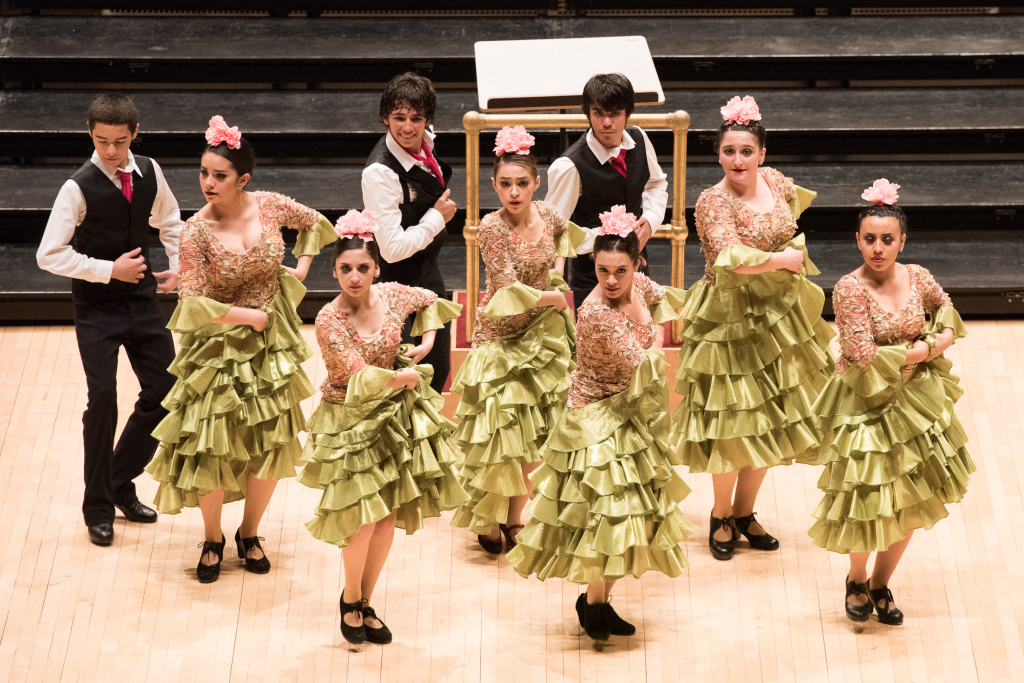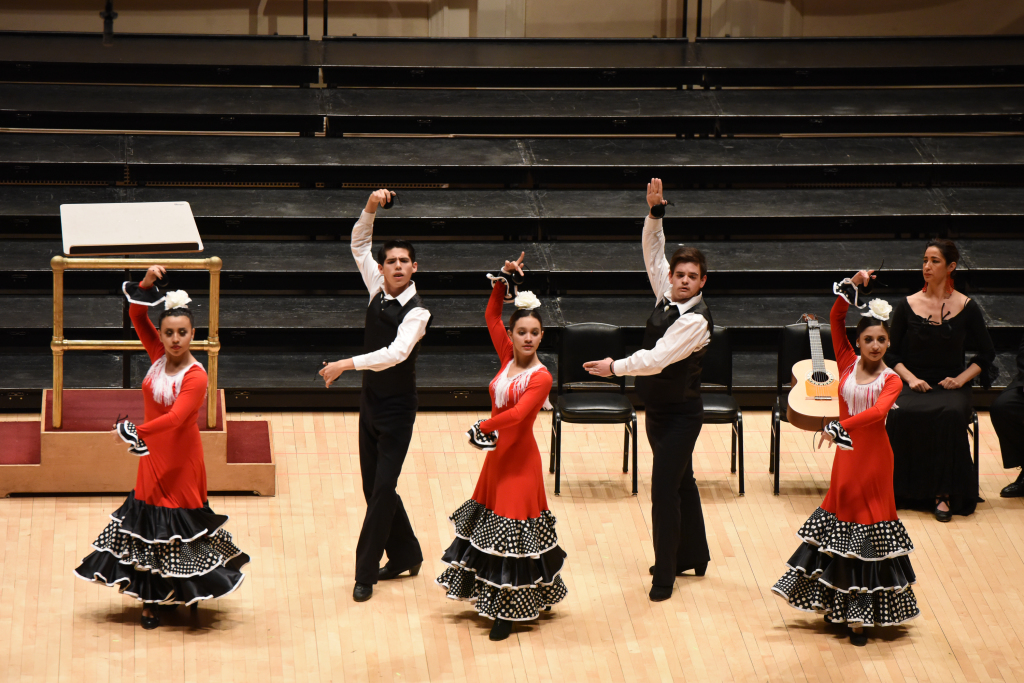Distinguished Concerts International New York (DCINY) presents Misatango: A Tango Mass from Argentina in Review
Distinguished Concerts International New York (DCINY) presents Misatango: A Tango Mass from Argentina Flutopia Wind Ensemble; Jennifer Lapple, Director Tierra Adentro De Nuevo Mexico Dance Ensemble; Joaquin Encinias, Director/Vocalist Pablo Christian Di Mario, Director; Martín Palmeri, Visiting Composer/Pianist; Kristy Swann, mezzo-soprano Distinguished Concerts Orchestra, Distinguished Concerts Singers International Stern Auditorium, Carnegie Hall, New York, NY January 18, 2015
On a cold, rainy afternoon in New York, Distinguished Concerts International New York (DCINY) presented a concert entitled Misatango: A Tango Mass from Argentina. What better way to way to escape the weather than with the vibrant, lively sounds of far away Argentina, courtesy of performers from France, Brazil, Denmark, Germany, Switzerland, and of course, Argentina. Also featuring the Flutopia Wind Ensemble and the Tierra Adentro De Nuevo Mexico Dance Ensemble, the stage was set for a performance that proved to be a treat for the ears and eyes alike.
The Flutopia Wind Ensemble took to the stage for the first half. Led by Jennifer Lapple, Flutopia is comprised of high school wind players from the Washington, D.C., and Northern Virginia areas. As one might guess from the name, the group is heavily weighted with flutists (with nineteen flutists among the forty-nine total players listed in the program). Opening with Beyond the Horizon, by Rossano Galante (a work that bears more than a passing resemblance to Frank Erickson’s Toccata for Band) the young players of Flutopia got off to a nervous start, with intonation issues and cracked notes in the brass section. One might chalk this up to jitters, but there was also a rather timid, “play-it-safe” approach that any experienced brass player will tell you is almost a guarantee for these problems to occur. Happily, the second piece, Zoltán Kodály’s Dances of Galanta was played with precision and charm. If anything (and this was a recurring theme throughout), one wanted a lot less restraint and more extroverted, ebullient playing. The ever-popular Eric Whitacre’s October was nicely played, and David Shaffer’s Costa del Sol was just pure fun. Ending with an energetically played Danse Bacchanale (from Camille Saint-Saëns’s Samson et Dalila), Flutopia brought their many supporters to their feet in a loud ovation. No matter what reservations I might have about a performance, it is always a delight to see the beaming smiles of the young performers from the stage.
There were many individual soloists who played with great skill and polish. I would like to make special mention of the excellent (un-credited) clarinet soloist, as her playing was a cut above her talented band mates. Ms. Lapple led with a clear baton technique and demonstrative gestures to her players. Even between pieces, she took the time to step off the podium and communicate with the group. This is a well considered, nurturing approach, which can only benefit the developing young musicians. As a final thought from an eternal band geek, I would very much like to see Flutopia “go for it”, to take risks and really let loose.
After intermission, the Tierra Adentro De Nuevo Mexico Dance Ensemble, a group of young men and ladies, gave a wonderful performance of the art of flamenco. I will leave any specific commentary about the dancing to those who know better. That said, I will channel my inner Bruno Tonioli (the extremely passionate and animated judge of Dancing With the Stars), grab my score paddle, and thrust it up while shouting “TEN!”
The last work of the evening, Misa A Buenos Aires (Misatango), is a pairing of the traditional mass with the sounds of the tango. I admit that I had my doubts about this concept, but was still intrigued about it all as I watched the three-hundred-plus singers take the stage. Misatango is a six-movement work scored for chorus, string orchestra, bandoneón, and mezzo-soprano soloist. Quoting the composer, Martín Palmeri, “…my objective in this composition was to maintain the harmonic language, rhythms, melodic designs, and all the characteristics of the tango within the orchestra score, thus allowing the chorus to have the full liberty to ‘just sing the mass.'” One can say with certainty that Mr. Palmeri succeeded brilliantly in his objective. Misatango captures the simmering tension of the tango without any kitsch in the vocal writing. Indeed, one can sense the influences of Mozart throughout with a distinctive Argentinean flavor. Of the six movements, the Credo was the most compelling to this listener, but each movement commands interest.
Special praise must go to Kristy Swann, whose voice was simply ethereal, a beacon of light that would pierce any darkness. Conductor Pablo Christian Di Mario led the chorus and orchestra with skill, keeping the huge vocal forces from covering the orchestra while allowing them equal prominence. The Distinguished Concerts Orchestra was particularly outstanding in one of the better performances I have heard from these players. The audience rewarded all the performers a loud and prolonged ovation, giving Mr. Palmeri the lion’s share of the applause.




